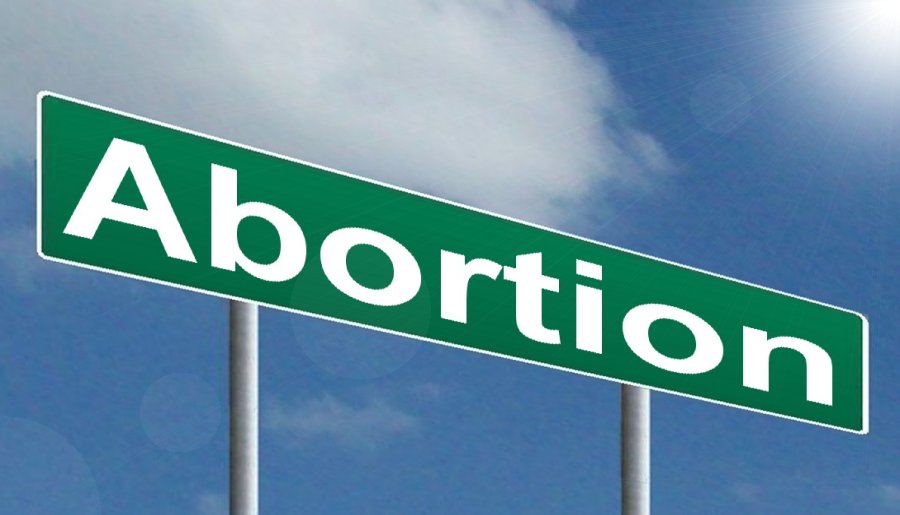Fauci’s NIAID awarded the grant that funded Wuhan lab to genetically modify bat-based coronaviruses
04/08/2021 / By Nolan Barton

The National Institute of Allergy and Infectious Diseases (NIAID) headed by Anthony Fauci may have had a hand in the origins of SARS-CoV-2, the virus that causes coronavirus (COVID-19).
A recent report by the Epoch Times revealed that an oversight board created to scrutinize research that would enhance highly dangerous pathogens did not review a National Institutes of Health (NIH) grant that funded a lab in Wuhan, China to genetically modify bat-based coronaviruses.
NIAID, a sub-agency under NIH, awarded the grant to the nonprofit group EcoHealth Alliance to study Chinese bat coronaviruses.
The grant apparently ended up funding scientists conducting gain-of-function research, a risky area of study that makes a virus even more contagious – in this case, a SARS-like virus. (Related: Fauci Virus: Shocking new evidence proves covid-19 began with Dr. Anthony Fauci and NIAID.)
NIAID did not flag EcoHealth grant for independent review
The government stopped funding gain-of-function research in 2014 after lab workers were accidentally exposed to anthrax by the Centers for Disease Control and Prevention. The incident came on the heels of widespread scientific outcry in 2011 when it was revealed that laboratories in Wisconsin and the Netherlands were intentionally modifying the H5N1 bird flu virus so it could more effectively jump between ferrets.
Federally funded gain-of-function research resumed in late 2017 after the Potential Pandemic Pathogens Control and Oversight (P3CO) framework was formed within the Department of Health and Human Services (HHS). The review board is tasked with critically evaluating whether grants that involve enhancing dangerous pathogens are worth the risks and that proper safeguards are in place.
However, NIAID did not flag the EcoHealth grant for independent review by P3CO.
A spokesperson for the NIH explained why NIAID did not flag the EcoHealth grant for review.
“After careful review of the grant, NIAID determined research in the grant was not gain-of-function research because it did not involve the enhancement of the pathogenicity or transmissibility of the viruses studied,” the spokesperson said. “We would not submit research proposals that did not meet the definition, because otherwise we would need to submit everything.”
An HHS spokesperson confirmed that the P3CO only reviews research grants that are flagged for additional review by funding agencies.
Richard Ebright, professor of chemical biology at Rutgers University said the offices of the director for the NIAID and the NIH have “systematically thwarted – indeed systematically nullified – the HHS P3CO framework by declining to flag and forward proposals for review.”
Ebright asserted that NIAID was wrong to determine that the EcoHealth grant did not involve enhancing the transmissibility of Chinese bat-based coronaviruses. He said the project’s abstract for the 2019 fiscal year, which referenced in vitro and in vivo infection experiments on coronaviruses, “unequivocally required risk-benefit review under the HHS P3CO framework.”
EcoHealth transfers $600,000 to Wuhan Institute of Virology
The Wuhan Institute of Virology (WIV) is at the center of widespread speculation that SARS-CoV-2 might have accidentally leaked from a lab into the human population. EcoHealth’s grant to study bat-based coronaviruses in China included the transfer of $600,000 to the WIV. (Related: American taxpayer money funneled to Wuhan to build coronavirus bioweapon.)
Had EcoHealth’s grant been subjected to P3CO review, an HHS panel would have independently evaluated the grant. If necessary, it would have recommended additional biocontainment measures to prevent potential lab leaks or it would have recommended that the grant be denied entirely.
The WIV is a biosafety level 4 laboratory, which is the highest level biocontainment certification, but U.S. Embassy officials issued two diplomatic cables warning about inadequate safety at the lab after a visit in 2018. According to the Washington Post, one of the cables warned that the lab’s work on bat-based coronaviruses represented the risk of a new SARS-like pandemic.
An annex to the World Health Organization’s COVID-19 origin report describes the WIV’s work using “recombinant viruses” in tests involving bat coronaviruses, which Ebright said are descriptions of gain-of-function research.
Other scientists also said EcoHealth’s NIH-funded work in China involved gain-of-function research on bat-based coronaviruses.
“It is hard to overemphasize that the central logic of this grant was to test the pandemic potential of SARS-related bat coronaviruses by making ones with pandemic potential, either through genetic engineering or passaging, or both,” Drs. Jonathan Latham and Allison Wilson wrote in June last year.
Ecohealth also has a history of manipulating bat-based coronaviruses. The group’s president, Peter Daszak, said as much during a podcast interview filmed in Singapore just weeks before the first reported cases of COVID-19 in Wuhan in December 2019.
“You can manipulate them in the lab pretty easily,” Daszak said. “Spike protein drives a lot of what happens with the coronavirus. Zoonotic risk. So you can get the sequence, you can build the protein – and we work with Ralph Baric at the University of North Carolina to do this – and insert the backbone of another virus and do some work in the lab.”
The NIH terminated the EcoHealth grant in April 2020. NIH Deputy Director for Extramural Research Michael Lauer told the group in a letter that the agency “does not believe that the current project outcomes align with the program goals and agency priorities.”
NIH funds gain-of-function experiments involving SARS-CoV
On Dec. 19, 2017, the NIH announced that they would resume funding gain-of-function experiments involving influenza, Middle East respiratory syndrome coronavirus (MERS-CoV) and severe acute respiratory syndrome coronavirus (SARS-CoV).
Four years prior, the NIH decided to suspend funding for gain-of-function studies involving influenza, MERS-CoV and SARS-CoV when over 200 scientists signed the Cambridge Working Group declaration arguing for a cessation of experiments creating potential pandemic pathogens “until there has been a quantitative, objective and credible assessment of the risks, potential benefits, and opportunities for risk mitigation, as well as comparison against safer experimental approaches.”
Carrie Wolinetz, head of the NIH Office of Science Policy, said: “Gain-of-function experiments allow us to understand how pandemic viruses evolve, so that we can make predictions, develop countermeasures, and do disease surveillance.”
Gain-of-function experiments are typically done in biosafety level 3+ facilities. Such facilities have excellent records and are long-accustomed to handling dangerous material.
Follow Pandemic.news for more news and information related to the coronavirus pandemic.
Sources include:
Tagged Under: Anthony Fauci, anthrax, bat-based coronaviruses, bird flu, coronavirus, covid-19, EcoHealth Alliance, gain-of-function experiments, influenza, pandemic, SARS-CoV-2, SARS-like pandemic, Wuhan lab
RECENT NEWS & ARTICLES
COPYRIGHT © 2017 CONSPIRACY NEWS





















